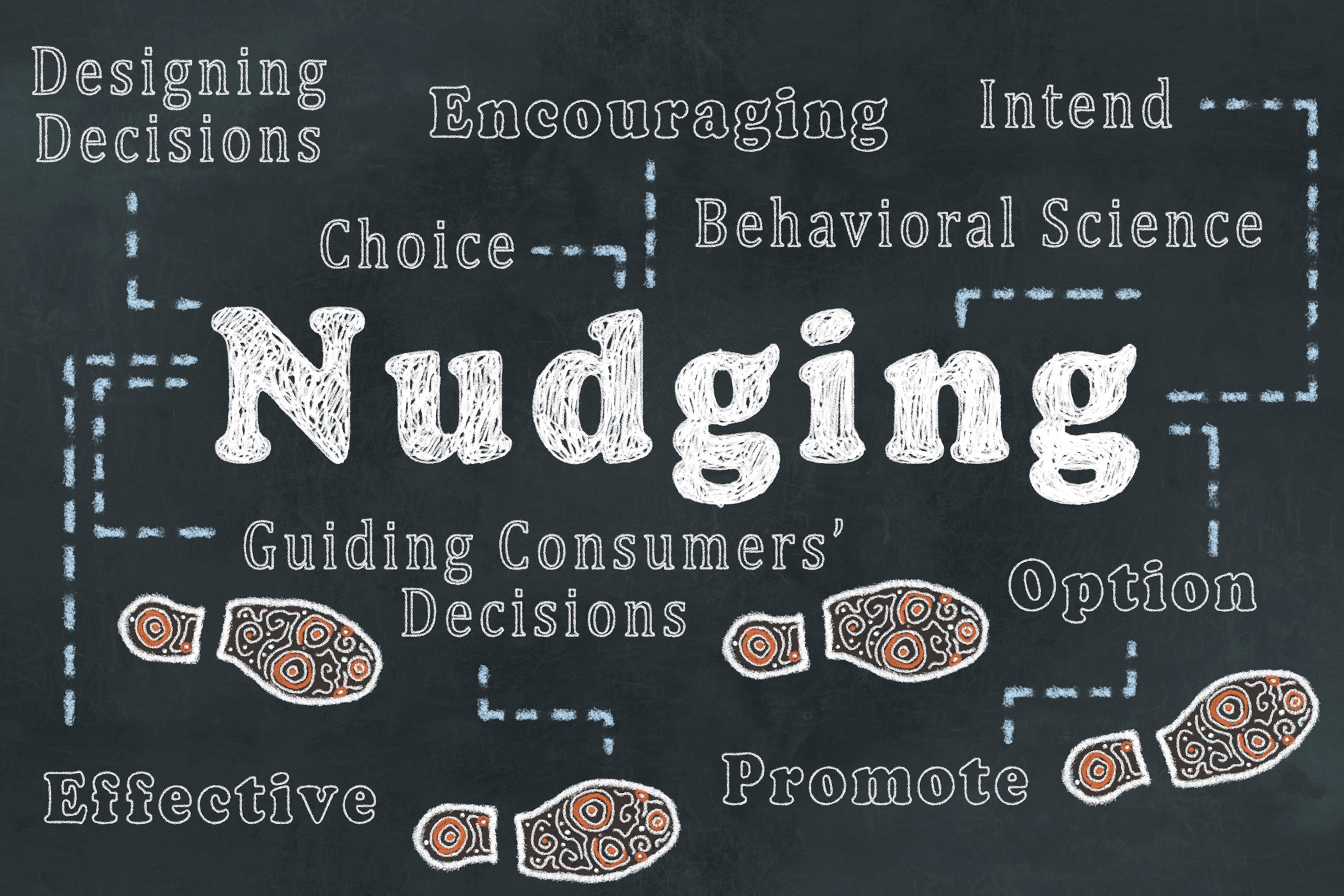The success of our clean energy future ultimately depends on consumers. Yet, as the energy transition becomes more complex, consumer fatigue is setting in. Energy companies must seize the opportunity to bridge the gap between consumer interest and meaningful action by engaging and activating every participant.
According to EY’s ‘Energy Transition Consumer Insights Report’, consumer action is a critical driver of our energy transition efforts. While consumers are more interested in sustainability than ever before, 70% report that they won’t spend additional time or money to take action. This fatigue threatens progress and confidence in the clean energy movement.
To overcome these challenges, energy companies must address the intention-action gap – the space between what consumers intend to do and the actual actions they take. Understanding this gap is key to designing communication strategies that inspire real behavioural change. In this blog we’ll explore the intention-action gap, its implications for the energy transition, and how Advizzo’s customer engagement solutions can close it.
What is the Intention-Action gap?
The intention-action gap refers to the disconnect between an individual’s intentions and their actual behaviours. In other words, people often fail to translate good intentions into tangible actions.
This gap can arise for several reasons:
- Immediate gratification: Individuals may prioritise short-term rewards over long-term benefits. For example, they might recognise the importance of saving energy, but still opt for the convenience of keeping appliances running unnecessarily.
- Overambitious goals: People often intend to make the “right” choices, but may feel overwhelmed by the complexity or effort required to follow through or are lacking clear guidance, which can hinder action.
The intention-action gap has become one of the most studied topics in behavioural science since it can apply to so many different domains – including health, finances and sustainability.
When you consider that 88% of consumers want businesses to help them be more sustainable and make a difference, then this presents a significant opportunity – by addressing the intention-action gap, energy companies can empower consumers to actively contribute to the energy transition.1
How Advizzo bridges the gap
Advizzo leverages advanced behavioural science, data analytics and personalisation to help consumers take meaningful actions that support the energy transition.
Here’s how:
1. Delivering personalised content based on usage data
How it helps: Personalisation ensures individuals receive insights tailored to their unique energy consumption patterns. For instance, showing a consumer their specific energy usage trends compared to more sustainable practices can build awareness and urgency.
Impact on the intention-action gap: By presenting relatable and actionable insights, Advizzo helps consumers identify where they can make meaningful changes.
2. Using behavioural science techniques
How it helps: Behavioural science techniques, such as social proof (e.g., “Your neighbours are using 20% less energy”) and loss aversion (e.g., “You could save £50/month by adjusting your thermostat”), nudge consumers towards desired behaviours without being prescriptive.
Impact on the intention-action gap: These subtle nudges reduce decision-making friction and align with psychological drivers to motivate action.
Discover how a nudge can help you customer save energy and water.
3. Applying segmentation techniques
How it helps: Grouping consumers based on demographics and behaviours enables Advizzo to deliver targeted messaging. For example, high-energy users might receive efficiency tips, while environmentally conscious users might be encouraged to adopt renewable energy.
Impact on the intention-action gap: Targeted messaging ensures that consumers feel the guidance is tailored specifically to them, increasing engagement and action.
4. Refining messaging through A/B testing
How it helps: A/B testing allows Advizzo to experiment with different messages, visuals, or calls to action to determine what resonates most with consumers. For example, one group might receive an emotional appeal (“Protect the planet for future generations”), while another sees a practical benefit (“Save £100/year”).
Impact on the intention-action gap: Continuous testing and optimisation improve communication strategies, enhancing the likelihood of action.
Discover how to reliably measure energy and water savings and the importance of A/B testing.
5. Using an omnichannel engagement approach
How it helps: Advizzo ensures consumers receive messages via multiple channels, such as email, text messages, in-app notifications, and direct mail. This ensures timely delivery through preferred communication methods.
Impact on the intention-action gap: Consistent and accessible messaging keeps energy-saving actions top of mind, increasing follow-through rates.
Discover why multi-channel customer engagement is the new business as usual.
Advizzo’s role in the energy transition
By integrating these strategies, Advizzo empowers consumers to bridge the gap between awareness and action. The result is a more engaged and proactive energy community that drives the transition towards sustainability. Specifically, Advizzo enables consumers to:
- Understand their impact: Awareness of energy usage and its consequences.
- Feel motivated to act: Leveraging social and psychological drivers.
- Easily take steps: Providing clear, actionable, and timely guidance.
The energy transition needs every individual to take part. With Advizzo’s innovative solutions, energy companies can turn consumer intentions into impactful actions. Together, we can overcome consumer fatigue, close the intention-action gap, and accelerate the journey towards a sustainable energy future.
Ready to empower your consumers and make a difference? Contact Advizzo today to learn how our solutions can help drive meaningful change in the energy transition.
Source ref
1 Forbes – Consumers want you to help them make a difference
Suggested further reading
Blog – Why a user-led customer experience is key for sustainable growth.
Blog – The importance of customer engagement in the race to net zero
